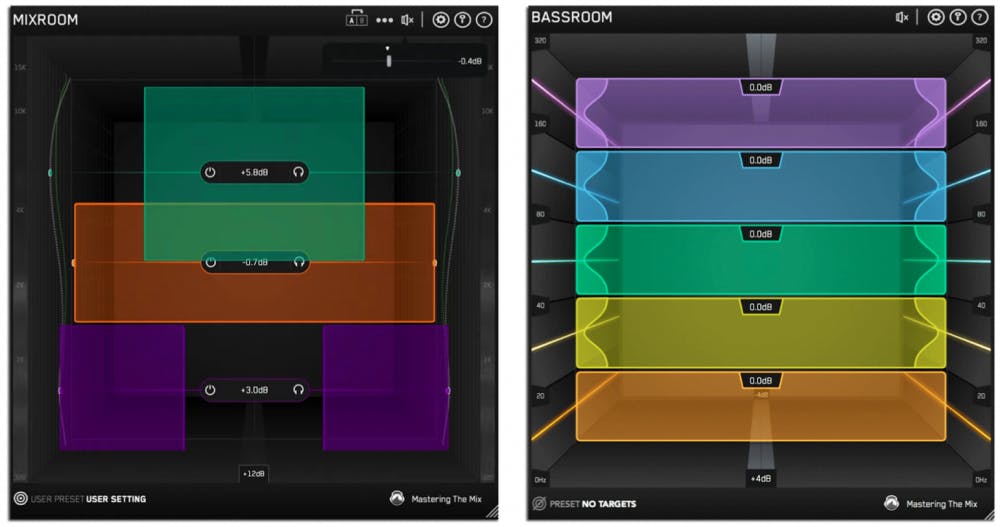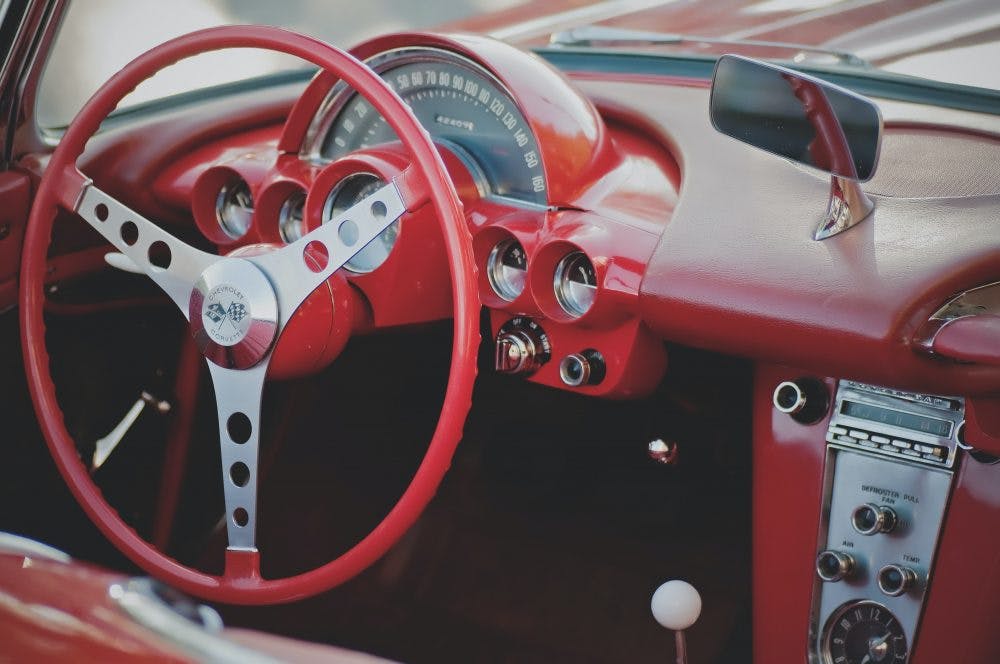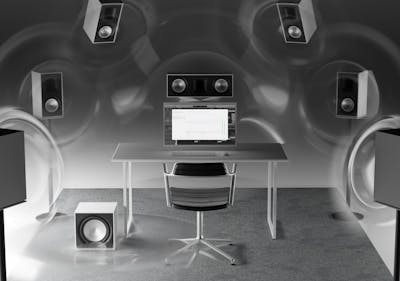Today’s listeners are spoiled by the range and quality of playback devices for casual listening. We have reasonably priced, outstanding-sounding headphones, great-sounding earbuds that connect wirelessly to our phones, and great-sounding and affordable Bluetooth systems for our home. With all these options, many people still spend much of their listening time in the car. Stock car systems range in quality from barely acceptable to truly exceptional, and we need to create music that plays well in most, if not all, vehicles.
Let’s examine what it takes to create mixes that translate well to a vehicle, without running back-and-forth from your studio to your garage. For our purposes, we will not take into account issues like road noise and seating position, because those issues can only be dealt with by properly designing the car and stereo as a system. Manufacturers often put a lot of effort into building proper speaker cabinets into their doors and body panels and some companies even bring in experts from the music world to help fine-tune their sound systems. Tesla, for instance, enlisted none other than Rick Rubin to put the finishing touches on the Model S audio system’s tuning.
High-end car stereos often have separate drivers for subs, lows, mids, and highs with independent amplifiers and electronic crossovers optimized for low distortion and high headroom. Speaker cabinets and acoustic treatments are integral to these cars’ designs to provide predictable and controlled acoustics and sometimes even surround sound capabilities. With enough patience and design skills, extremely high-performance aftermarket stereos can be installed in almost any car. Check out this article about Sonarworks’ CEO’s successful entré into car stereo competitions.
The standard stereos in more pedestrian vehicles typically have a more limited frequency response, higher distortion, limited dynamic range, and poorly matched drivers that combine to create an unbalanced playback system—often boomy and bright. Many stock van and truck systems simply use a pair of underpowered “full range” six-inch speakers mounted face-up in the dashboard, reflecting off of the windshield. You can guess what that sounds like! As a result of all these conditions, we can experience sound ranging from an exaggerated to a nonexistent bottom-end, a blurred or nonexistent stereo image, and reflections and resonances that wreak havoc on the overall frequency and phase response.
So What?
We know that the playback quality of any given car stereo is a moving target (apologies for the bad pun!). So how do we create mixes that translate well to all these vehicles? Fortunately for us, the method of creating mixes that work on the best and the worst sound systems is exactly the same. Simply create a great sounding mix while listening to a properly-setup and flat monitor system or a flat set of headphones and your mix will translate the best it can to any and every car system. That is, your music will compete with all the other well-mixed music out there.
Jeep Music
Certain production styles and techniques lend themselves to listening in “jeeps,” or vehicles with booming subwoofer systems. The 90s era West Coast Hip-Hop and Miami Bass music styles actually developed along with custom car systems sporting hyped subwoofers that shook the neighborhood. Those car systems (along with the 808 drum machine) are responsible for the modern low-end in pop music. Again, to create mixes that sound great in a jeep, make sure your mix sounds great on a flat monitor system that extends down well into the sub frequencies.
While mixing, keep your low-end free from confusing clutter and distortion. High-end car systems will truly shine when playing clear, controlled low-end but will also highlight any distortion or frequency conflicts in the bottom end. When mix or mastering, compare your mix to a reference mix by isolating the low-frequencies, below about 300Hz, with a low-pass filter on both mixes to hear exactly what is going on down there. Slowly reduce the low-pass filter to isolate lower and lower frequencies and make sure your mix elements are shaped as you want.

The Daily Commuter
The average car stereo specs out pretty poorly, but a great-sounding, well-balanced mix will still hold up well in these cars—or at least the mix will be competitive with all the rest of the music out there. Maintaining proper dynamic range and frequency balance is key for these compromised playback systems. Too much low-end in your mix will eat up the little headroom these stereos provide and they probably can’t even properly reproduce your lows, to begin with. A clear midrange is especially important on these systems as the vocal/snare/guitar/keys balance will be highlighted by these band-limited systems.
Both high-end and entry-level systems will expose harsh upper-frequencies. Car stereo tweeters are often placed high on the door—close to and aimed right at your head—or on the dashboard, reflecting off the windshield. Neither of these locations is ideal and any sibilance or biting frequencies will probably be exaggerated to the point of distraction or discomfort at high listening levels.

Passenger or Driver
Thoughtful panning creates a wide mix and also helps with midrange clarity, but panning is tricky when it comes to optimizing car playback. Keep in mind that each listener hears either the left- or right-side speakers much better than the others and there is no real center image. Avoid panning important instruments to the extreme left or right positions. As usual, consider keeping the main rhythm elements and lead instruments panned close to the center, but you can still spread stereo ambiences wide. A mix that holds together in mono is a good start for a mix that will play well in a car.
Know Thyself
Many of us are intimately familiar with what good music sounds and feels like in our car, so it is reasonable to get out of your studio and check a mix in your car. Listen for general issues with your mix, like the vocal level or kick/bass relationship. Remember that your car stereo is probably nowhere near flat, so a mix that is tuned to your car may not play well in other places. Make some notes about the elements of your mix that you question during the car playback, but when you listen on your studio monitors or headphones, make sure that your notes make sense. When push comes to shove, trust your studio system, and don’t make the final mix or mastering decisions based solely on your car system.

Start Your Engine
For success on car systems, create your best mix, but pay special attention to clean and controlled subs and high-frequency clarity. Conservative panning works well, as does appropriate use of dynamic range. Check your mix in a car or two and make only the smallest necessary changes to help your studio quality mix translate well to the car. Always trust your studio reference monitors or headphones, especially if you have spent the time setting them up and applying any room correction needed to fine-tune them. Read these tips to refresh yourself on setting up proper monitoring.



